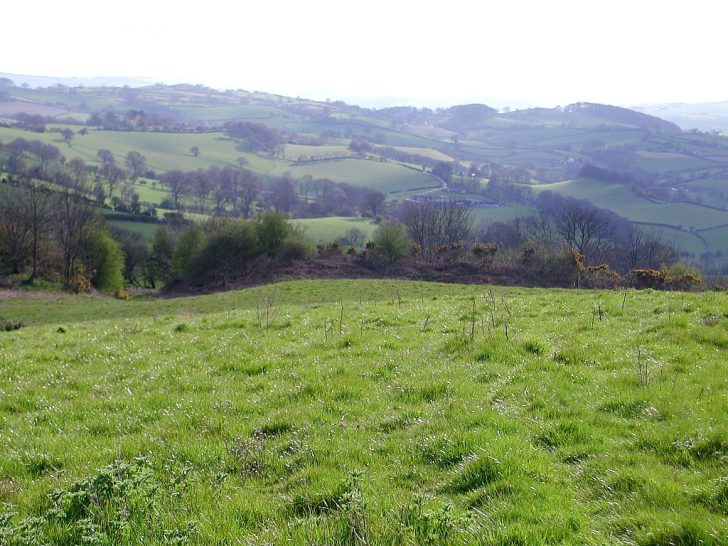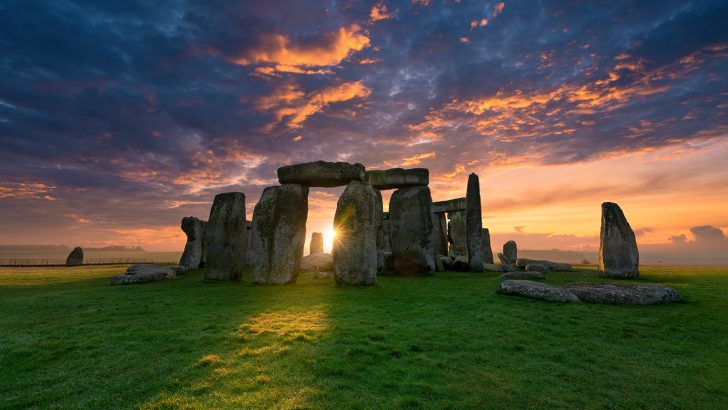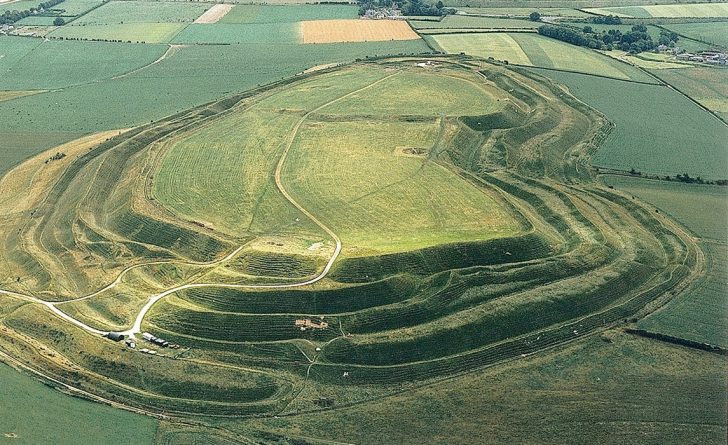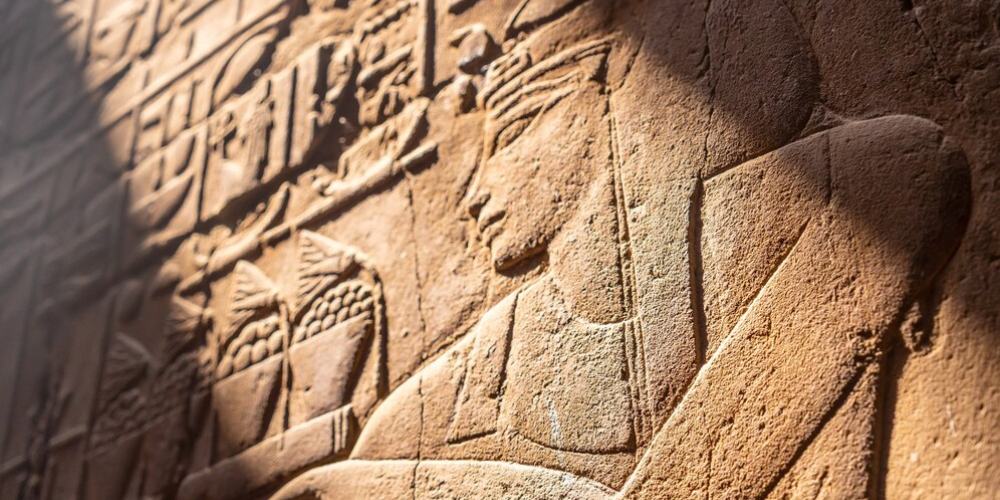The United Kingdom is brimming with a rich history that dates back centuries. But there are some hidden gems among the historic sites of Britain: Forgotten relics from a time before history. These mysterious "prehistoric" sites, spanning megaliths to ancient burial grounds, are scattered across the country. And more often than not, visitors pass by them without noticing.

Go South West / Great Britain has a non-ending list of pre-historic sites most people do not know about.
Here are 8 prehistoric places in Britain most people do not know about:
Stonehenge
One of the world's most famous stone circles, Stonehenge stands on Salisbury Plain in Wiltshire. Dating back to around 3100 B.C., it is one of the oldest and best-preserved monuments in Europe. Essentially, Stonehenge was built from large sarsen stones. Since then, visitors continue to get inspiration from this old-age site.

Elle / Stonehenge is one of the most mysterious pre-historic sites in the U.K.
However, reports suggest that it was an ancient observatory to a temple for pagan sun worship.
The Rollright Stones
Located in the Cotswolds, these megalithic stones were erected around 2500 BC. Essentially, these stones include:
- A circle
- Three barrows
- And an avenue of stones.
However, legend has it that they were created by an ancient king who was cursed by a witch to turn into stone.
Thus, the site is said to have mystical powers and attracts many visitors each year.
Maiden Castle
Dating back to 2500 BC, Maiden Castle is the largest Iron Age Hill Fort in Britain. Located near Dorchester in Dorset, it features multiple ramparts, ditches, and defensive banks.

Dorset Visit / Built around 3500 BC, Maiden Castle is one of the most mysterious prehistoric sites in Britain.
According to myths, it was a royal palace for the Celtic Britons before it was attacked by the Romans in 43 AD.
Ring of Brodgar
This ancient stone circle dates back to around 2500 BC and is located in Orkney, Scotland. The Ring of Brodgar has 27 standing stones. All are artistically arranged in a circular pattern along with two burial mounds.
Thus, adding to its mystical atmosphere as one of Britain's most impressive prehistoric sites.
The White Horse of Uffington
This mysterious chalk figure dates back to 3000 BC and is located near the small town of Uffington, Oxfordshire. As an ancient symbol associated with fertility rites, the White Horse of Uffington is now a popular tourist destination. And, of course, a symbol of English culture.
Silbury Hill
The largest prehistoric mound in Europe, Silbury Hill was built around 2500 BC near Avebury in Wiltshire. Although its original purpose remains unknown, it is becoming an iconic image associated with British history and prehistory.
Castlerigg Stone Circle
This stunning stone circle dates back to 3000 BC and is located on a hilltop in Cumbria. One of Britain's most spectacular sites for panoramic views. It features 38 stones laid out in a circular pattern. And is believed that it was used for astronomical observations or religious ceremonies.
West Kennet Long Barrow
Built around 3700 BC, this ancient burial mound is located near Avebury in Wiltshire. It consists of a central chamber with five side chambers. And contains over 50 burials. Thus, making it one of Britain's most significant megalithic monuments.




